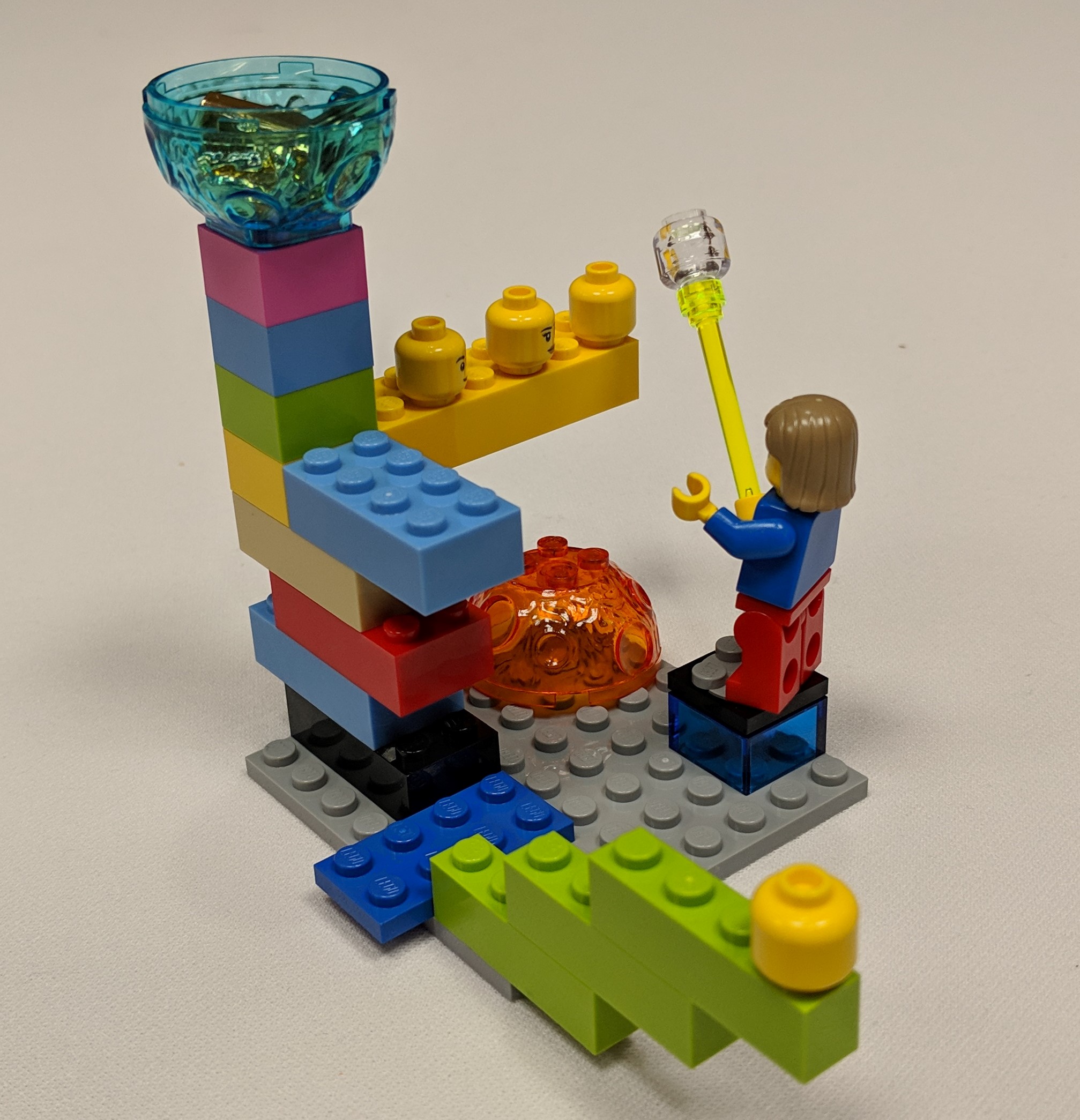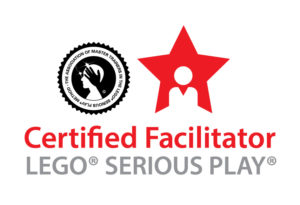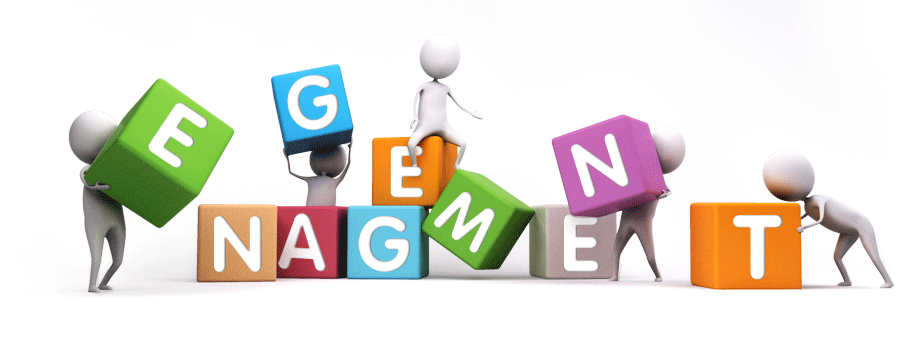“When I grow up, I want to be a facilitator.” I never said those words to my parents and teachers but that’s ultimately what happened. For the past 30 years, I’ve been developing and refining my skills as a facilitator, and it’s an ongoing endeavor.
It’s about people and purpose
Facilitation is “a powerful way of working that gives everyone a chance to be an active part of the decision making process,” according to the International Association of Facilitators (IAF).
I find it appealing because it involves bringing people together for the purpose of:
- establishing a foundation of mutual understanding
- exploring possibilities and opportunities
- communicating concerns
- sharing and building on individual and collective ideas
- setting clear direction and agreeing on next steps.
That’s why it’s used in planning, problem-solving, creative thinking, focused discussion, and other types of collaborative meetings.
It’s about discovery
My primary role as facilitator is to guide the process of discovery that enables participants to determine where they want/need to go and what they need/want to do to get there. It starts with learning about the group’s situation, culture, and dynamics to develop the key questions and activities needed to effectively engage participants in a comfortable, non-threatening environment. Then I serve in a dual, somewhat contradictory role: guiding the group to stay focused and on-track while also being flexible if/when the discussion takes a different tack that’s critical to the issues at hand.
What’s most fascinating about my work as a facilitator is that I never quite know what the outcome of a session will be. For example, at one organization’s strategic planning retreat, board member discussion raised more issues than answers that needed to be explored further. With the group’s consensus we suspended the strategic planning portion of the retreat to instead identify important concerns that needed to be addressed before planning could resume at a later date.
It’s about asking the right questions
Although they may not realize it, most of my clients know what they need to do in planning, problem-solving, idea-gathering or ideation. They don’t necessarily know that they know, so my job is to ask the right questions that will help them develop and articulate the answers.
The challenge for me as a facilitator is to identify focused and thought-provoking questions that will be most effective in helping clients. Some questions may also be basic ones that the clients are too busy, overwhelmed, or distracted to ask themselves. Questions are an essential part of any facilitator’s toolkit, and I’m constantly on the lookout for new ones.
To showcase the power of facilitation, IAF recognizes October 15th-21st as International Facilitation Week. I’m proud to be an IAF member that week and every week!









 Here is a sample of situations in which it works. Use it when you:
Here is a sample of situations in which it works. Use it when you:


